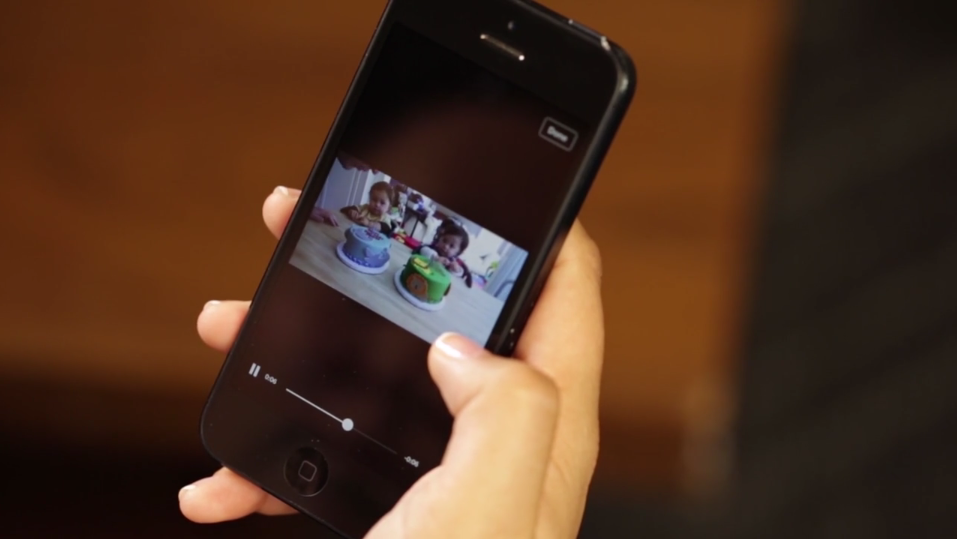How to turn a TVC into a Facebook ad, the PockeTVC way
In a world where 47% of a video’s value needs to be delivered in the first three seconds, simply shoving your TV ad up on Facebook and hoping for the best isn’t good enough anymore – something Facebook’s new PockeTVC program aims to set right. Mumbrella’s Josie Tutty sat down with Facebook’s May Seow and Naomi Shepherd to unpick the mechanics behind the tech giant’s new program.
Ever wondered why your beautiful TVC simply isn’t getting the views it deserves on Facebook?

If your ad doesn’t get to the point in the first three seconds, your potential customers are going to simply scroll right on past
Put simply, it’s not designed for mobile. It’s probably wider than it is tall, doesn’t make any sense without sound, and reveals your brand far too late in the game. On Facebook, if your ad doesn’t get to the point in the first three seconds, your potential customers are going to simply scroll right on past.
This is something May Seow and her team at Facebook’s Creative Shop know all too well. Seow heads up the team working with brands and agencies to reinvent their existing creative to work on mobile, through a new global program known as PockeTVC.

